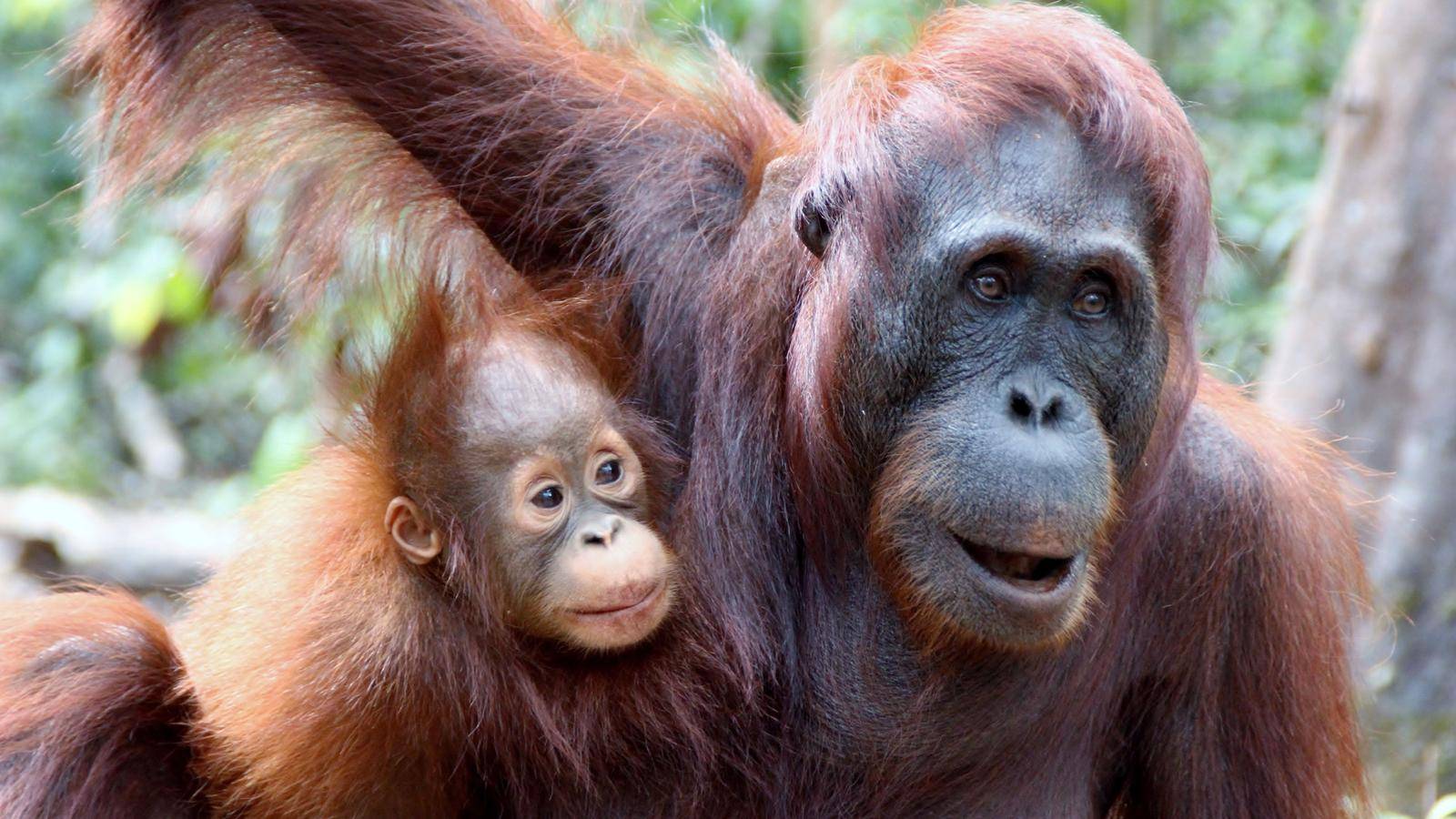Orangutan Etiquette: See Great Apes Well—And Leave No Trace
The forest is holding its breath. A silk of mist threads the blackwater, hornbills silhouette the canopy, and somewhere ahead a rustle becomes a shape becomes an orangutan—unfolding from leaves like a slow sunrise. This is the moment you flew for. It’s also the moment to do it right: to witness without taking, and to leave wonder intact for the next traveller—and for the orangutans themselves.
The First Rule: Be Boring (to Them)
If an orangutan notices you, you’re too loud, too close, or too interesting. Aim to be the quiet furniture of the forest: still, calm, and forgettable. Keep voices low, step softly on boardwalks, and let your guide set the pace. The less you matter, the more natural the behaviour you’ll see. If you’d like this kind of slow, unhurried rhythm, this 7-day Borneo river journey is built around quiet mornings and patient afternoons.
Distance is Care—Not Discipline
Think of space as kindness. Keep a generous buffer, mask up when appropriate, and skip a viewing if you’re under the weather. You’ll witness calmer, truer behaviour—and you’ll be part of the reason future travellers can do the same.
Flash is for Storms, Not Faces
No flash. Ever. Let the rainforest keep its mood. Use natural light, bump your ISO, steady your elbows, and time a single thoughtful frame over a rattled burst. You’re after behaviour, not just a close-up.
Feeding Platforms: What They Are (and Aren’t)
At designated sites, rangers put out supplementary food to support long-running rehabilitation. Treat these platforms as clinics, not stages: keep your distance, move when the apes move, and follow ranger instructions without debate. If the crowd creeps forward, you don’t have to—holding the line often earns the best moments.
Your Guide Is Your Guardrail
Good guides read wind, paths, personalities, and pressure. They’ll quietly choreograph when to step, when to wait, and when to give the forest back to itself. It’s the difference between ticking a sighting and witnessing something real. Prefer to focus on the moment while someone else handles the orchestration? This small-group itinerary times platform visits and transfers so you can stay present.
Night Walks: Move Like a Whisper
After dark, the forest changes shifts. Keep headlamps low and soft, stay on known paths, and listen as much as you look. Expect eyeshine and micro-dramas—stick insects, sleeping birds, the odd civet—over blockbuster chaos. The night belongs to the night; you’re a courteous guest passing through.
Hygiene Is Conservation
Great apes share more with us than curiosity. Wash or sanitise hands before trails, avoid eating at viewing spots, and pocket tissues and wipes until you’re back on the boat. If you’ve got symptoms, be the hero who sits a session out. Conservation isn’t only donations; it’s discipline.
Pack Like a Respectful Pro
-
Breathable long sleeves & trousers: less sun, fewer bites, less scratching.
-
Light rain shell & dry bags: downpours are brief but biblical—keep gear calm.
-
Neutral colours: blend into the background; let the wildlife be the highlight.
-
Quiet shoes with grip: boardwalks and boat steps can squeak and slip.
-
Lens cloths & patience: humidity loves glass; patience loves results.
Photo Mindset: Earn the Close-Up Without the Close-In
Frame wider, include habitat, and let patience tell the story: a juvenile testing branch sway, a mother teaching a food source, a slow-motion nest build. Your best image says, we were guests here—and we behaved like it.
The Easiest Way to Do It Right
Permits, timings, transfers, meal windows, rest—great wildlife days are a dance. A thoughtful plan bakes in the good habits: small groups, calm pacing, and guides who keep the rules sharp while you keep your eyes open. If that sounds like your kind of week, this Borneo: Wild & Close adventure is a neat, no-fuss fit.
Ready when you are: breathe in the blackwater air, keep the forest quiet, and let the orangutans forget you exist. That’s where the magic lives.




